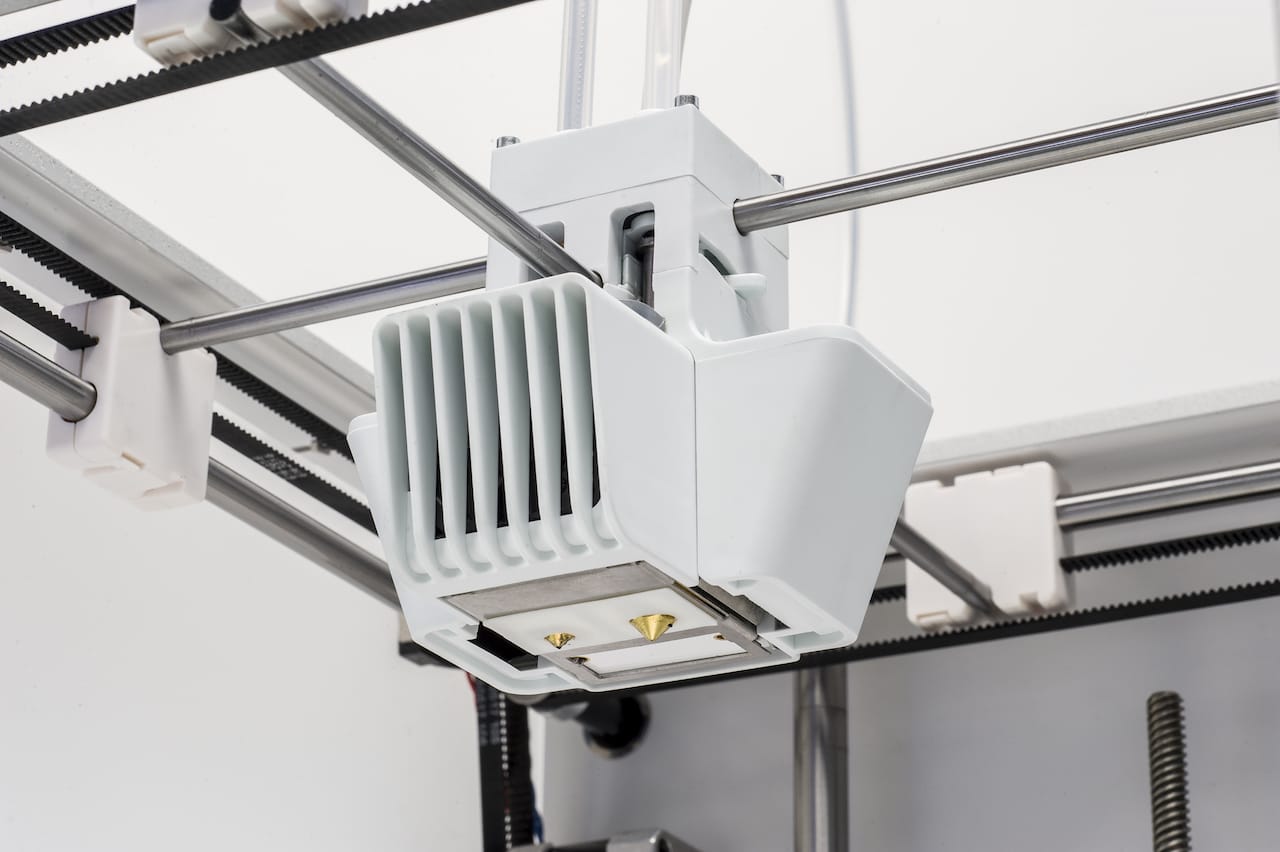
In discussions with Ultimaker last week, we learned something very interesting: Ultimaker can literally measure their recent transformation.
What transformation, you ask? It’s something that many desktop 3D printer manufacturers are undergoing, especially those that launched during the 2010-2014 period, where their strategy was to grow big in the consumer 3D printing market.
Of course, that market never truly materialized for a variety of reasons, including a lack of easily accessible and appropriate 3D content and general difficulties in operating misbehaving desktop 3D printers. The result was that many such companies have been scrambling to find a different group of buyers beyond the DIY crowd.
Some manufacturers have not been successful in the transformation, and have since disappeared. Others, however, have indeed found new markets. Initially many manufacturers sought places within the education segment, as that was relatively easy to achieve, mostly by repackaging their existing equipment for academic use.
But others discovered a more profitable and interesting market: professionals. These were individuals creating sophisticated engineering prototypes or architectural models within the office environment. They required more powerful desktop 3D printers, ones that could print in proper engineering materials and be a lot more reliable.
That, they got, as certain manufacturers tuned up their hardware and joined forces with plastics producers to deliver a much more broad array of available materials.
The companies undergoing this transition are facing changes to their business model, and all too often we only see if they succeed or fail.
But we found out something very interesting: Ultimaker has a method of actually measuring this transition.
We were not provided with specific statistics, but the gist of it is that it revolves around Cura, the company’s flagship software for slicing and operating 3D printer software. Currently this software has been installed more than two million times, and certainly is used by the vast majority of Ultimaker operators.
Cura has a statistical feature in which it anonymously reports activity back to Ultimaker HQ, where they can perform analyses on the data.
When data was originally captured, they immediately observed an interesting pattern for the timing and frequency of 3D printer slicing operations as reported by Cura anonymous contributors: there were consistently big spikes in activity on weekends. This implied that Ultimaker operators were doing their work mostly on weekends.
However, more recent statistics showed a very different pattern: activity spikes no longer occur on the weekend, but now occur throughout weekdays. The implication: Ultimaker operators are doing work during the week, not on weekends.
To me – and Ultimaker – this sounds quite like a transition from casual consumer use towards more professional work applications.
Evidently when the Cura statistics subtract Ultimaker activities, leaving only non-Ultimaker usage (the open source Cura is frequently used by many other machines as the slicing engine), the weekend activity spikes reappear. The implication is that most non-Ultimaker Cura users are casual weekend operators and less likely to be professionals.
Some 3D printer manufacturers may be trying to make the transition to the professional desktop 3D printer market, but we can’t confirm they’re succeeding. But in the case of Ultimaker, it appears they can prove they’re doing so.
Via Ultimaker

